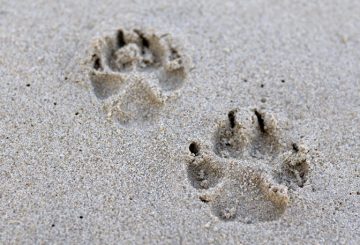Karamihan sa mga tao sa New Zealand ay sumasang-ayon sa pagbabawal sa mga cellphone sa mga silid-aralan, ngunit naniniwala sila na dapat payagan ang mga telepono sa oras ng pahinga. Plano ng pamahalaan na pinamumunuan ng Pambansang ganap na ipagbawal ang mga mobile sa mga Kinakailangan ng mga estudyante na iwanan ang kanilang mga telepono sa simula ng araw at kunin ang mga ito sa dulo.
Ang Horizon Research ay nagsagawa ng isang survey sa apat na potensyal na pagpipilian sa patakaran. Kasama sa survey ang 1481 matatanda at natagpuan na 63% ng mga kabahayan na may mga bata ang pinapaboran sa panahon ng klase, ngunit hindi sa mga pahinga. Tanging 22% ng mga kabahayan na may mga bata ang naniniwala na hindi dapat magkaroon ng pagbabawal.
Ang suporta para sa isang pagbabawal, hindi kasama ang mga break sa klase, ay pinakamataas sa Northland, na may 79% na pabor. Sinabi ng Horizon na sa kabila ng patakaran sa pagbabawal sa telepono na nakikita bilang kontrobersyal sa panahon ng kampanya sa halalan, mayroon talagang malakas na suporta sa publiko. Iminungkahi nila na ang pagpapahintulot sa paggamit ng mobile sa panahon ng mga pahinga sa klase ay magpapataas ng suporta
Ang survey ay isinasagawa mula Nobyembre 10-16. Ang mga respondent ay kumakatawan sa populasyon ng nasa hustong gulang ng New Zealand. Ang maximum na margin ng error ay +/- 2.5% sa isang 95% na antas ng kumpiyansa.





























































